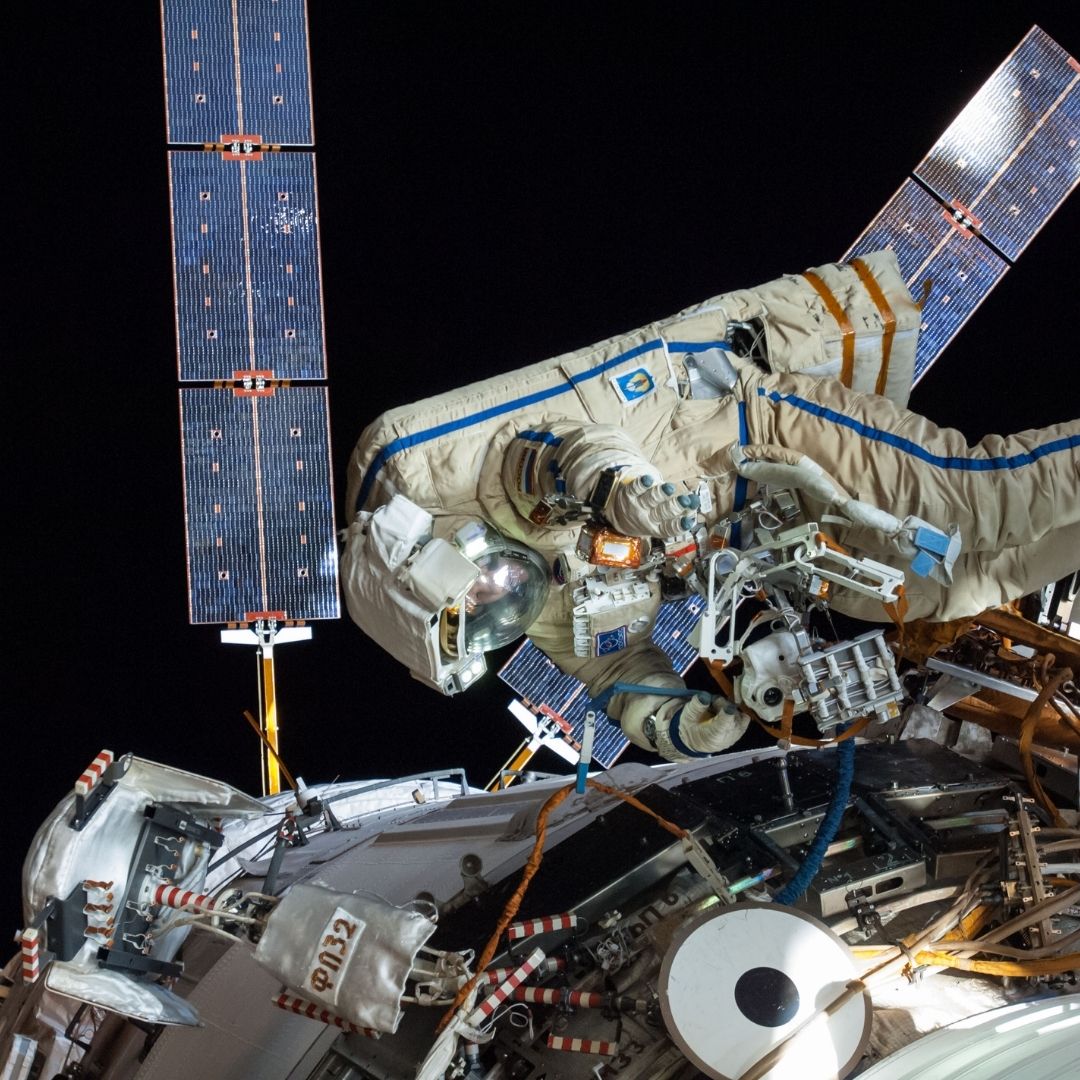At Wings of Aero, we offer comprehensive satellite testing and verification services designed to ensure the reliability, performance, and safety of your satellite before launch. Our extensive testing protocols and state-of-the-art facilities simulate the harsh conditions of space, enabling us to validate the integrity of satellite systems and components across all mission parameters.
Key Testing Services:
-
Environmental Testing:
- Vibration Testing: Simulates the mechanical stress of a launch, ensuring satellite components withstand the extreme vibrations experienced during liftoff.
- Shock Testing: Subjects the satellite to high-energy shock events, mimicking separation from the launch vehicle and ensuring satellite durability.
- Thermal Vacuum Testing: Tests satellite performance in a space-like vacuum and extreme temperature conditions, verifying thermal stability and function in both hot and cold space environments.
- Thermal Cycling: Repeated exposure to extreme temperature variations to confirm that the satellite can operate under the fluctuating temperatures of space.
-
Electromagnetic Compatibility (EMC) Testing:
- EMI/EMC Testing: Assesses the satellite’s susceptibility to electromagnetic interference and ensures it can operate without causing or receiving harmful interference from other spacecraft or ground systems.
- Radiation Testing: Verifies that satellite electronics and materials are resistant to radiation exposure in space, ensuring the longevity and reliability of onboard systems in high-radiation environments.
-
Mechanical Testing:
- Static Load Testing: Applies static loads to satellite structures, verifying their strength and ability to withstand the stresses of launch and space operations.
- Deployable Mechanisms Testing: Verifies the functionality of deployable systems like solar panels, antennas, and booms by simulating their deployment in orbit and ensuring they operate without interference.
-
Functional Testing:
- Subsystem Verification: Tests each satellite subsystem (power, communication, propulsion, payload) for functionality, ensuring that each operates according to specifications and integrates seamlessly with other systems.
- End-to-End Testing: Conducts integrated tests of the entire satellite, ensuring that all subsystems work together and perform the intended mission functions under simulated space conditions.
- On-Orbit Simulation: Simulates the satellite’s operational orbit environment, verifying that it can execute maneuvers, communication, and data transmission tasks reliably once deployed in space.
-
Electrical Testing:
- Power System Testing: Verifies the performance of solar arrays, batteries, and gotronics, ensuring a continuous and stable power supply during the satellite’s mission life.
- Signal Integrity Testing: Confirms that satellite communication systems can send and receive signals clearly and reliably, maintaining stable contact with ground stations or other satellites.
- Harness and Connectivity Testing: Ensures the proper integration of electrical wiring, connectors, and harnesses, preventing potential electrical failures in orbit.
-
Thermal Testing:
- Thermal Balance Testing: Measures the satellite’s thermal distribution to ensure proper heat dissipation and cooling in space, preventing overheating or freezing.
- Thermal Stress Testing: Subjects the satellite to rapid temperature changes to confirm that materials and components can expand and contract without damage during mission operations.
-
Payload Testing:
- Payload Performance Testing: Validates the performance of specialized instruments, sensors, cameras, and scientific equipment, ensuring they meet mission objectives.
- Calibration and Alignment: Ensures precise calibration of optical, radar, or other payloads, allowing them to collect accurate data and images during the mission.
-
Software and Simulation Testing:
- Flight Software Verification: Tests the satellite’s onboard software under simulated mission scenarios, confirming that it can manage spacecraft operations and adapt to unexpected events or anomalies.
- Hardware-in-the-Loop (HIL) Testing: Combines real satellite hardware with software simulations to test how they will work together in space, identifying potential integration issues.
- Autonomous Operation Testing: Verifies the satellite’s ability to function autonomously, managing tasks such as orbital maneuvers, payload operation, and data transmission without ground intervention.
-
Launch and Deployment Testing:
- Launch Simulation: Simulates the satellite’s conditions during launch, from payload integration to separation, ensuring that it survives the launch vehicle’s mechanical and environmental stresses.
- Separation Testing: Tests the satellite’s separation mechanism from the launch vehicle, ensuring smooth and precise deployment into orbit without risk of malfunction.
-
Long-Duration Testing:
- Extended Mission Simulation: Simulates the satellite’s long-term operation to verify its reliability over the expected mission duration, ensuring that it can endure the rigors of extended space travel.
- End-of-Life Testing: Tests deorbit mechanisms or safe disposal methods to ensure compliance with space debris mitigation protocols.
Advanced Testing Capabilities:
- Cleanroom Facilities: Wings of Aero maintains world-class cleanroom environments to minimize contamination risks during satellite assembly, integration, and testing.
- Multi-Axis Testbeds: Capable of simulating complex movements and interactions between satellite subsystems during dynamic events, such as launch and orbital maneuvering.
- Ground Station Connectivity: Allows real-time data collection during testing, enabling remote monitoring of satellite systems and quick identification of potential issues.
Benefits of Satellite Testing and Verification:
- Mission Assurance: Our testing processes ensure your satellite is fully functional and reliable, reducing the risk of in-orbit failures and enhancing mission success.
- Compliance with Industry Standards: We adhere to rigorous aerospace standards such as ISO, ECSS, and NASA guidelines, ensuring that your satellite meets the highest quality and safety benchmarks.
- Customized Testing Plans: We tailor our testing procedures to suit your specific satellite design and mission, ensuring that every unique requirement is addressed and verified.
- Launch-Readiness Certification: Upon successful completion of all tests, we provide detailed reports and certification, validating that the satellite is ready for launch and operation in space.
Why Choose Wings of Aero for Satellite Testing?
At Wings of Aero, we offer end-to-end testing services designed to provide the highest levels of confidence in satellite performance. Our cutting-edge testing infrastructure and expert team ensure that every satellite meets mission-critical objectives while adhering to international safety and quality standards.
Contact Us:
For inquiries about our satellite testing and verification services, please reach out to Wings of Aero today.






Reviews
There are no reviews yet.